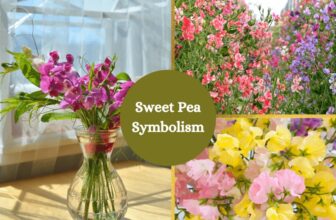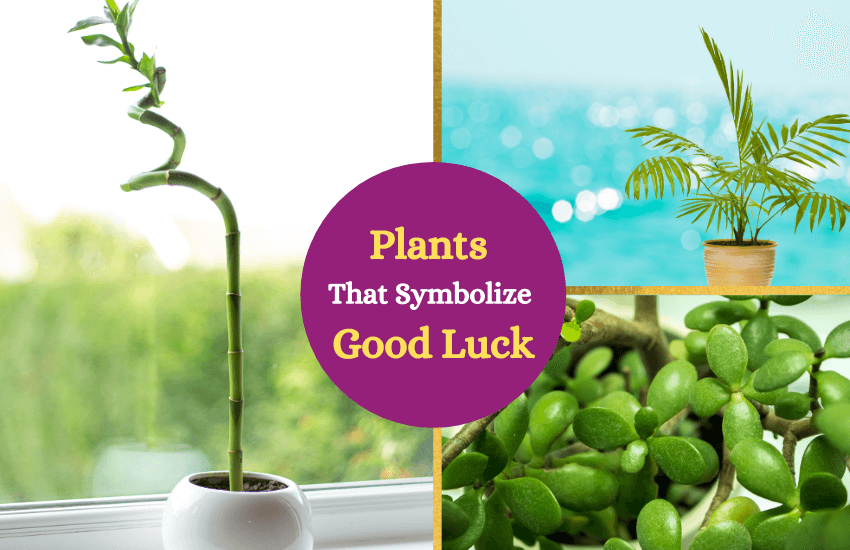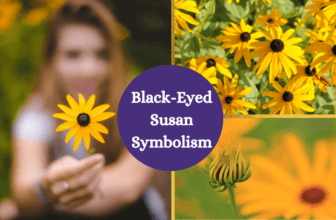
Picking up presents is easier for some people than it is for others. Fortunately, on Mother’s Day, you can always fall back on the old and reliable Mother’s Day gift – flowers. However, what flowers should you choose? Different flowers have wildly varying symbolism and meanings. This brings up the question of which flowers make the best choice for a Mother’s Day gift. Let’s find out.
How Many Flowers Should You Get?
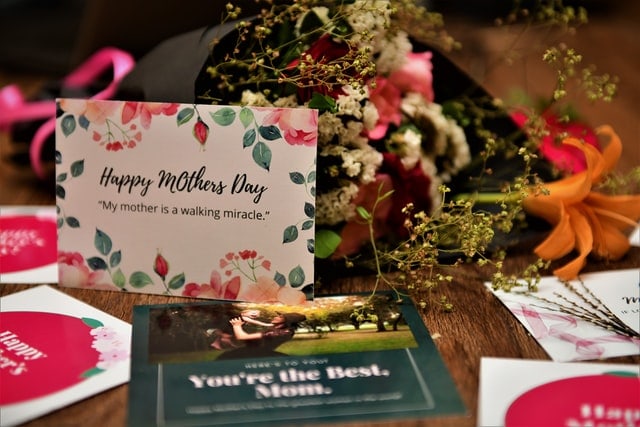
Before we go into the flowers themselves, let’s address an old question – should you give your mother an even or odd number of flowers? For centuries, the tradition in most of the Western world was to gift an odd number of flowers (1, 3, 9, etc.) for happy occasions such as Mother’s Day, a birthday, weddings, dates, and so on. Even numbers of flowers (2, 4, 8, etc.) were reserved for funerals as they were thought to signify death.
In many countries, this tradition continues to be followed, especially by the older generations. Russia and most of Eastern Europe are still very traditional in that sense. In more and more countries in Western Europe, however, younger people are starting to ignore this tradition as meaningless symbolism.
Either way, if you suspect your mother may be aware of the traditional distinction between odd and even numbers of flowers in bouquets, you should probably go with an odd number.
The 10 Most Popular Mother’s Day Flowers To Give As A Gift
If you’re not too into flowers and their meaning, you may be tempted to just pick up the ones that look prettiest and go with that. And there’s nothing wrong with that! After all, it is indeed the thought that counts. Still, if you’re going to the flower shop anyway, why not get a bouquet with an extra special meaning your mother is going to appreciate even more? Here are a few suggestions:
1. Carnations
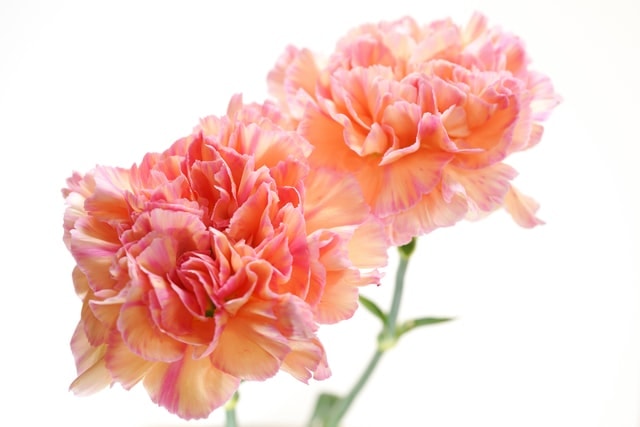
Because of Anne Jarvis, carnations are the traditional choice for Mother’s Day flowers in the US. And they are a great choice regardless as they are quite gorgeous and last a long time. They also come in different colors with different meanings. Pink carnations are seen to represent a mother’s love and white carnations – good luck and pure, unconditional love.
2. Orchids
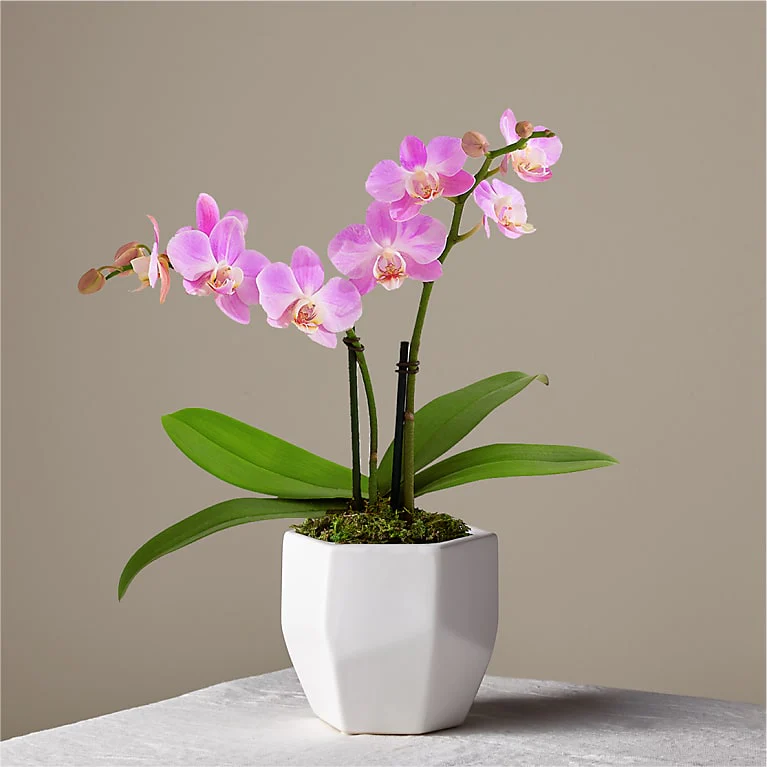
Orchids are also available in a great variety of sizes and colors and they are very easy to take care of for years. Pink and light purple orchids, in particular, as seen as very feminine and elegant flowers, perfect for a Mother’s Day gift.
3. Tulips

You don’t need to be Dutch to love tulips or gift them to your mother. Not only are they gorgeous but they can also symbolize different things. Pink tulips represent affection, purple tulips – loyalty, white tulips mean cheerfulness and are often used for apologies, and red tulips are for romantic love. So, maybe don’t go with the red ones for this holiday.
4. Bluebells

Bluebells are seen to bring calm and soothing emotions to a home which makes them a pretty great option for a Mother’s Day gift. Especially if your mother has seemed a little stressed lately or there’s a lot going on in the house, bluebells can be a great gift.
5. Roses
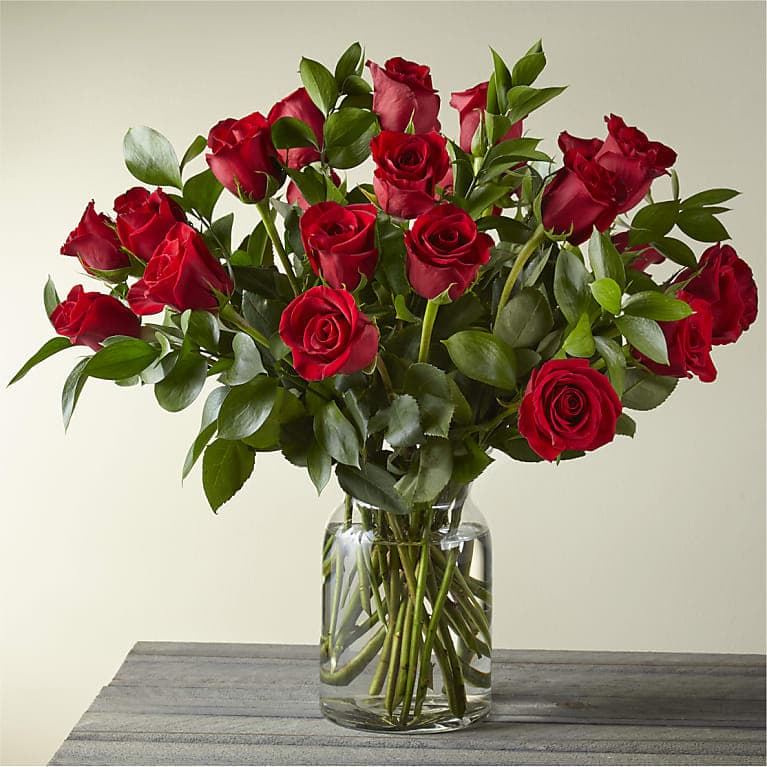
Like with the tulips, red roses are seen as romantic flowers so they are not suitable here. All other colors are great for Mother’s Day, including white roses which symbolize gratitude, cream roses which are for thoughtfulness, and pink roses which show appreciation.
6. Day Lilies
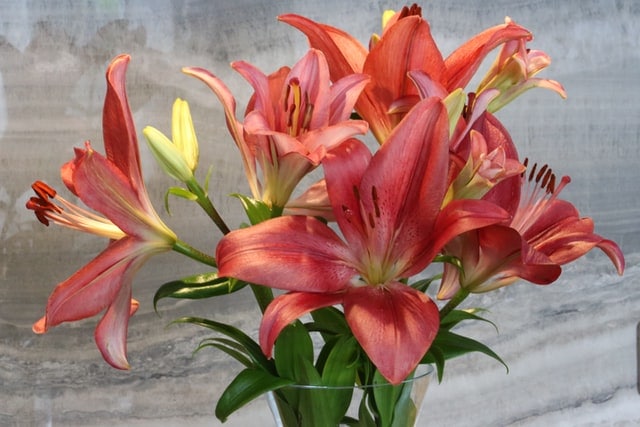
Another beautiful option is, Day Lilies are directly associated with motherhood in a lot of cultures, regardless of their color. This makes them an ideal choice for the holiday and they do come in lots of gorgeous colors such as yellow, orange, and more.
7. Camellias

Camellias are great for mothers that don’t like bouquets but prefer living plants. These far-eastern flowers represent gratitude and longevity which fits perfectly with the Mother’s Day theme. Plus, they are also stunningly beautiful and vary in color.
8. Peonies
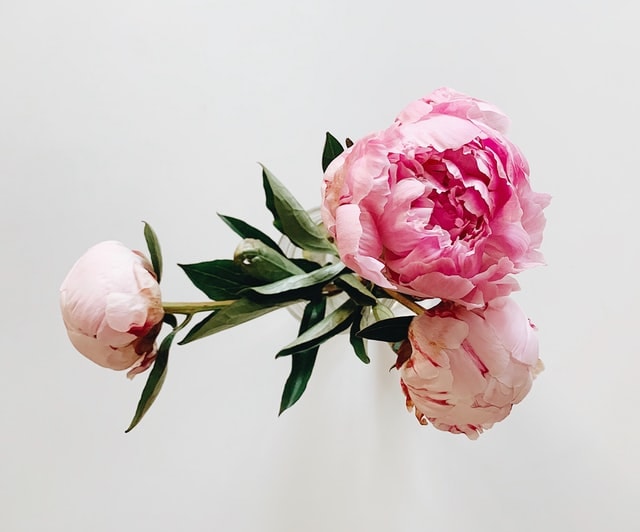
Peonies can come in red, purple, pink, and white, and they can grow quite large, making for wonderful bouquets. They tend to symbolize things such as good luck, a happy marriage, honor, and more.
9. Iris

A flower with a unique look and a gorgeous blue, white, and yellow color combination, the Iris is rarely mentioned as a gift idea but it works wonderfully for Mother’s Day. The main symbolism of this flower is wisdom, hope, and faith.
10. Gerbera Daisies
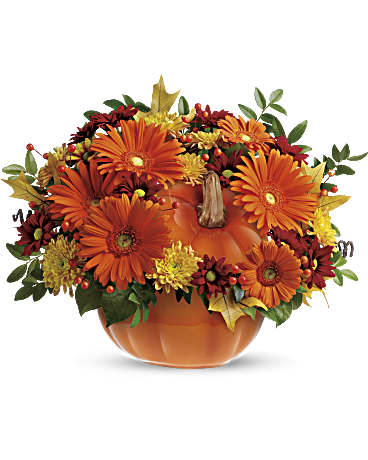
Often cited right next to roses and carnations, Gerbera Daisies are indeed great as a Mother’s Day gift. Their bright colors give them a beautiful sunflower-like look and they are associated with qualities such as beauty, purity, cheerfulness, and innocence.
When is Mother’s Day?
This can sound like a silly question to open with but did you know that there are actually many different Mother’s Day dates across the world?
In the US and in several dozen other countries, Mother’s Day is celebrated on the second Sunday of May. The date was chosen based on the day of the death of Ann Reeves Jarvis – a peace activist who became famous for caring for wounded soldiers during the American Civil War. She did so with soldiers from both sides of the war, hence why she became widely recognized as a symbol of peace.
After her death, her daughter Anne Jarvis wanted to create a holiday called “Mother’s Day For Peace” during which mothers would urge their governments to no longer send their husbands and sons to die in wars. Anne Jarvis started marking the date with a liturgical observance of her mother’s death every year and she would bring carnations to the liturgy every time.
This unique origin of the US Mother’s Day makes it somewhat controversial since no one really celebrates it like that today. In fact, Anne Jarvis herself spoke against the commercialization of her mother’s death. Still, bringing your mother flowers to show her you love her isn’t really “wrong” in any way. This is why people in the US and many other countries continue to celebrate Mother’s Day on the second Sunday of each May.

However, as already mentioned, Mother’s Day is celebrated on different days. For example, Mother’s Day in the UK is celebrated on Mothering Sunday, the 4th Sunday of Lent. It’s a holiday initially celebrating the “Mother Church” but subsequently revived as a celebration of not only the church but “mothers of earthly homes”, Mother Nature, and the Virgin Mary.
Many other countries, especially in Eastern Europe, mark Mother’s Day on the same date as International Woman’s Day – the 3rd of March. Mother’s Day isn’t celebrated over Women’s Day in those countries, the two are just celebrated together.
The Spring equinox is also celebrated as Mother’s Day in many countries in Africa and the Middle East. This is in line with most other countries and cultures’ trends to celebrate motherhood during spring, the season of new life.
Regardless of when you celebrate Mother’s Day, flowers are universally accepted as a great gift or an add-on to a gift for this holiday.
In Brief
There are many other options in addition to the above ten, of course, but those do seem to be the most popular ones. Carnations, particularly in the US, are a common and suitable choice. However, it’s best to stay away from Chrysanthemums on Mother’s Day as they tend to be used as gifts for sick people and, in many countries, are reserved for funerals and graves. To avoid giving the wrong type of flowers, check out our article on flowers that represent death and flowers not to give as gifts.





